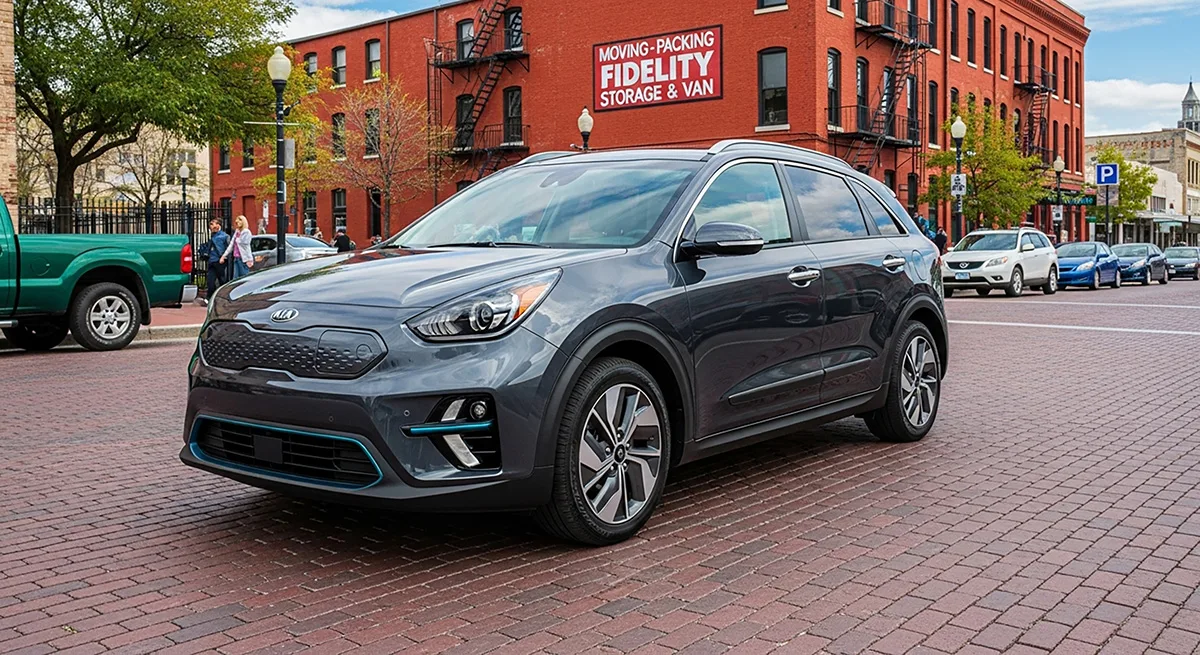After months of watching gas prices fluctuate, I finally decided to take the plunge into electric vehicle ownership.
But with new EV prices still more than I’d like to spend, I set my sights on the used EV market.
Here’s what I discovered during my search, and hopefully, it’ll help you navigate your own EV buying journey.

The Reality Check: Range Anxiety is Real (But Maybe Overblown)
Let me be honest – I was terrified about range. The thought of being stranded on the highway with a dead battery kept me up at night. But after test driving several used EVs and talking to current owners, I realized my daily driving habits were way more predictable than I thought.
My round-trip commute is 45 miles, I grocery shop locally, and those weekend road trips I was worried about? I take maybe three per year.
Most of the used EVs I looked at had real-world ranges between 200-300 miles, which covered my needs with room to spare. The key was being brutally honest about my actual driving patterns, not my imagined worst-case scenarios.
Battery Health: The Elephant in the Room
This was my biggest concern when shopping used. Unlike a traditional car where you can hear engine problems, battery degradation is invisible until it’s not. I learned to ask for battery health reports and look for vehicles that had been regularly maintained.
Here’s what surprised me: most EVs from the last five years showed minimal battery degradation. The 2019 Model 3 I test drove still had 94% of its original battery capacity after 60,000 miles. The Leaf I looked at was a different story – older battery technology showed more wear – but even then, it met my daily needs.
Pro tip: Many manufacturers offer battery warranties that transfer to new owners, so don’t forget to check on that coverage.
The Charging Infrastructure Reality
I spent way too much time obsessing over charging networks before realizing that 90% of my charging would happen at home. Installing a Level 2 charger in my garage was straightforward (though I did hire an electrician), and now I wake up to a “full tank” every morning.
For longer trips, the charging network has improved dramatically. Yes, you need to plan a bit more than with a gas car, but apps like PlugShare and ChargePoint made route planning surprisingly easy. Plus, those charging stops actually became nice breaks to stretch and grab coffee.
What to Look for When Shopping
After looking at dozens of listings and test driving eight different EVs, here’s my practical checklist:
Service history is everything. EVs need less maintenance than gas cars, but they still need care. Look for records of software updates, brake service, and tire rotations.
Check the charging equipment. Many used EVs come with the original charging cables and adapters. Make sure everything is included – replacing these can be expensive.
Test all the tech. EVs are basically smartphones on wheels. Check that the touchscreen is responsive, the app connectivity works, and all the digital features function properly.
Don’t ignore the basics. Tires, brakes, and suspension components still matter. I found several used EVs with worn tires that would need immediate replacement.
The Financial Picture
Used EV prices have been all over the map, but I found sweet spots in 3-4 year old vehicles. The depreciation hit had already happened, but the cars still had modern features and decent battery life.
My electricity costs work out to about $40 per month for my driving, compared to roughly $180 I was spending on gas. The maintenance savings are real too – no more oil changes, and brake pads last much longer thanks to regenerative braking.
Making the Decision
I ended up with a 2020 Kia Niro EV with 32,000 miles. It wasn’t the sexiest choice, but it checked all my boxes: reliable, efficient, good warranty coverage, and priced reasonably. Six months in, I can’t imagine going back to gas.
The transition wasn’t as dramatic as I expected. It’s just a car that happens to be quiet, smooth, and cheap to operate. My biggest regret? Waiting so long to make the switch.
Final Thoughts
Buying a used EV requires a bit more research than buying a traditional used car, but it’s not rocket science. Focus on your actual needs, not hypothetical edge cases. Check the battery health.
Make sure you can charge at home or work. And remember – you’re not just buying a car, you’re joining a community of people who love talking about efficiency numbers and sharing charging tips.
If you’re on the fence, find a friend with an EV and borrow it for a weekend. Nothing beats real experience for cutting through the noise and figuring out if electric driving fits your life.
References
- Geotab. “EV Battery Health Insights: Data From 10,000 Cars.” January 20, 2025. https://www.geotab.com/blog/ev-battery-health/
- Geotab. “2024 Battery Degradation Update.” September 24, 2024. https://www.geotab.com/uk/press-release/2024-battery-degradation/
- U.S. Department of Energy. “Alternative Fuels Data Center: Electric Vehicle Charging Station Locations.” https://afdc.energy.gov/fuels/electricity-locations
- Joint Office of Energy and Transportation. “Electric Vehicle Charging Stations.” https://driveelectric.gov/stations
- AAA. “AAA Your Driving Costs: The Price of New Car Ownership Continues to Climb.” September 5, 2024. https://newsroom.aaa.com/2024/09/aaa-your-driving-costs-the-price-of-new-car-ownership-continues-to-climb/
- AAA. “Your Driving Costs Calculator.” https://www.aaa.com/autorepair/drivingcosts
- FuelEconomy.gov. “The Official U.S. Government Source for Fuel Economy Information.” https://www.fueleconomy.gov/







